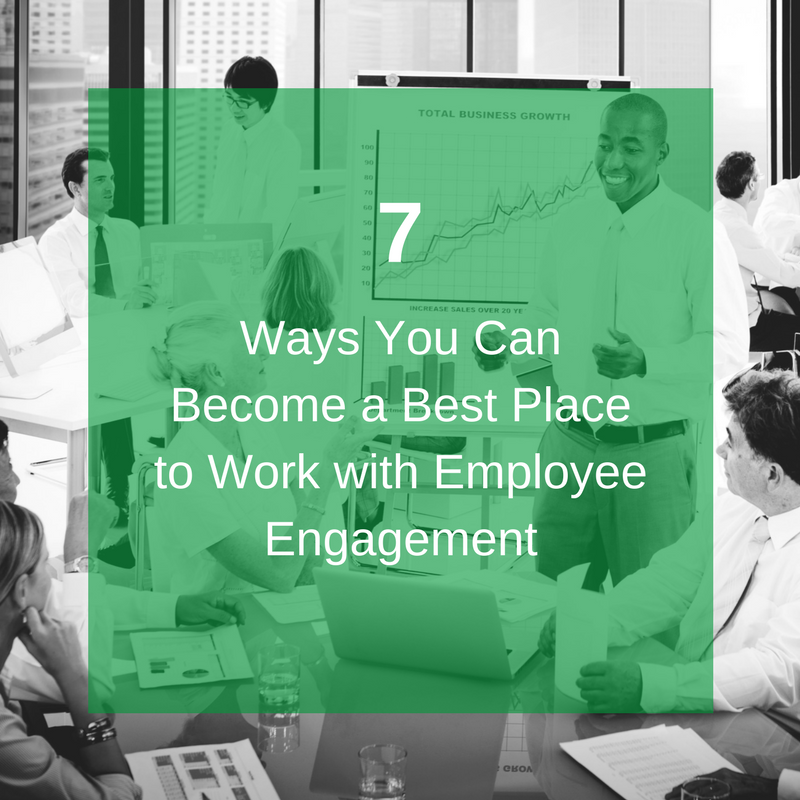As a consultant, I get the chance to walk into many offices just like yours. I meet team members just like  your team members. And sometimes, I can’t wait to leave that company’s office, just like some of the employees. Does that describe where you’re working now? Only you can say.
your team members. And sometimes, I can’t wait to leave that company’s office, just like some of the employees. Does that describe where you’re working now? Only you can say.
So, why care about your team members and employees? Simple. If you’re growing a business, it will be built on those you employ. That requires two things: first, find the best team members, and second, keep them. It sounds easy yet every company I’ve worked with has struggled with people, and very few have had consistent success in hiring and keeping the best players.
No matter how attractive your company is to perspective team members, it’s a delicate balance that can be offset by a single bad move. That’s a move you can’t afford. Companies that are a great place to work didn’t just stumble onto their answer – it was purposeful. And, it’s repeatable. Rhythm Systems was named the #7 Best Places To Work (small companies) in Charlotte for 2016. I’ve thought about what we practice and the behaviors I’ve observed that foster employee engagement and create the best environment (for a best place to work).
I came up with 7 specific tips:
1. Determine Your Core Purpose. We’ve written several blogs on this topic, so I’ll go straight to the bottom line. If you haven’t yet created a Core Purpose – stop everything and start. It’s a process and will take time, but you must begin. If you have a Core Purpose, make sure that you’re promoting it. If your Core Purpose does not inspire your team, rethink your Core Purpose first. If it should be inspiring, rethink your team.
2. Grow Your Leadership. Are you too focused on developing your team and ignoring your personal growth? You must succeed at two things to develop a great team - one is to hire great players, and the second is to keep great players. To keep great players, each player must want to stay - and that is directly proportional to your skills as a leader. Our CEO Patrick Thean has a goal for self-development each year. What about you?
3. Create, and then cultivate, the right environment. When you create a place where communication, collaboration, accountability, and alignment are the norm, you create an environment in which people are happier and more productive. This environment is a natural progression from growing your leadership when you (the boss) become a team player. Legacy events and celebrations are great ways to create the right environment. At Rhythm Systems, we celebrate birthdays, anniversaries, and a keep a culture book.
4. Create Challenges, Train and Develop People. There are many studies, white papers, and books that list training and development at the top of a millennial workforce wish list. One soon to be released example is Margaret Snell and Sienna Zampino’s: Leading, Managing, Working More Effectively with Millennials. Interesting that the "Leading, Managing" part is deliberately crossed out. Why? Because these words are too strong for your millennial workforce. Business.com states that "According to a study by PricewaterhouseCoopers, millennials rated training and development as the most highly valued employee benefit. In fact, training and development outranked cash bonuses by a whopping 300 percent." Every good franchise trains consistently to build successful franchise businesses. So why do you think you can afford to forego the training and development? Recognize that creating challenges and that training and developing people is directly linked to your acquiring and keeping good people on your team. I once heard, “but what if I train people and they leave?” To which the answer was, “what if you don’t train them and they stay?”
5. Perks and Benefits. I’ve observed an objection that seems more pronounced as entrepreneurs age, “I cannot operate my business with flexible work hours for my employees.” Hogwash. Rethink flexible. If you allow team members to schedule a doctor appointment or attend a 2:00-3:00 pm school event for their child without taking a sick day, that’s flexible. Of course, it would be nice to work from home 1+ day(s) per week, but you can find other perks. Cookies and treats (especially during meetings); discounts negotiated with salons, day care, fitness clubs; and more are appreciated. Although employee benefits can be expensive, you can choose voluntary benefits or look for other benefits as your company grows.
6. Paid Leave. Although not mandated by law, top team members can usually get this elsewhere. Figure out a way to include it while holding your team accountable for results. As an example, in the event that they are off on leave, arrangements must be made to cover customer needs and not to delay internal projects.
7. Live and Practice Visibility, Transparency, and Accountability. Rhythm Systems helps companies determine their long-range objectives (BHAG), how to get there (Winning Moves, 3-5 Year Plan, Annual Plan), transparency (through 13-week dashboards and clear success criteria), and accountability through weekly adjustment meetings. This transparency starts at the top with the senior team and then becomes an example for the rest of the team.
Trust and engagement are particularly noteworthy traits among the top 100 best places to work. Great Place to Work found that these key elements make staff happier, and your team members were 87% less likely to leave. This has a direct impact on the bottom line. It will pay you in multiples to make your company a great to place to work. Base pay and being within current pay ranges are important but not the only thing that your best employees crave. Let the above points inspire you (and your executive team) to strive for an excellent workplace.
Photo Credit: iStock by Getty Images
Photo Credit: iStock by Getty Images



 LinkedIn
LinkedIn
 Facebook
Facebook
